It’s springtime, which means that many young athletes are heading back to their local baseball diamonds for another softball or baseball season. And, while your children may not be thinking about injuries and how to prevent them, it’s a topic that should be on your mind.
Common baseball and softball injuries
Although baseball and softball aren’t contact sports, injuries during games — and practice — can still happen. Some common injuries include:
- Overuse injuries: These injuries happen gradually, over time and are caused by repeating the same motion, like throwing a ball. Pain tends to be gradual and progressive rather than sudden.
- Little league shoulder: Also known as proximal humeral epiphysitis or proximal humeral epiphysiolysis, this injury is caused by repetitive forceful overhead motions — including throwing — that stress the growth plate. In severe cases, the stress may lead to a break in the growth plate. Symptoms of little league shoulder include shoulder pain when throwing or reaching overhead. The first step in treatment is to completely rest from throwing to allow the growth plate to heal. You should see a physician to determine how long your child must rest from activity and to plan on how to safely restart throwing.
- Little league elbow: Also known as medial epicondyle apophysitis, this injury results from repetitive stress to the growth plate on the inside of the elbow due to overuse or weakness of the muscles of the elbow and forearm. Activities that may contribute include throwing, swimming and golf. Symptoms include pain inside the elbow when throwing a ball, swelling and difficulty bending the elbow. The first step in treatment is to stop the activities that led to the pain, such as stopping throwing, swimming or hitting. You should see a physician to determine how long your child should rest from activity, and more importantly, how to restart activity safely to prevent reinjury.
- Ulnar collateral ligament injuries:These injuries most commonly occur with overuse and wear and tear on the ligaments in the elbow. Ligaments connect two bones together. The UCL ligament connects the humerus in the arm to the ulna in the forearm. Symptoms include sudden elbow pain, stiffness and swelling, clumsiness or weakness in the hand and loss of speed or accuracy of throws. Treatment includes rest, icing and anti-inflammatory medication.
- Acute/traumatic injuries: Bruises, scratches, fractures (broken bones), muscle strains and ligament tears are traumatic injuries that happen suddenly. In baseball and softball, fingers, hands and wrists are the most commonly broken (fractured) bones. These injuries happen from contact with the ball, collision with the bag or another player or while at bat. You should seek medical care if you believe your child has one of these injuries.
- Eye injuries: Injuries to the eyes typically occur from contact with the ball or bat.
- Concussions and head injuries: Concussions can result when a player accidentally gets hit in the head by a ball or bat. While more common amongst catchers, concussions are a risk for all players.
- Dehydration/heat-related illness: As the temperature and intensity of the sun increases in the spring season, so does the risk of heat-related illnesses including dehydration, heat exhaustion and heat stroke. To prevent these, athletes should be allowed lots of recovery time, shaded rest areas, water breaks and the ability to stop practice or play when feeling unwell.
What are some common causes of overuse injuries in baseball and softball?
The most common causes of overuse injuries are:
- Not warming up properly before playing.
- Not following recommended pitch counts and rest requirements.
- Not focusing on good form.
- Not participating in conditioning programs that help build strength and endurance.
- Not giving the body enough time to rest between workouts.
How can I reduce my child’s risk of getting injured when playing baseball or softball?
There are several things you can do to help your child avoid injury:
- Sports physical exam:
- 4 to 6 weeks before the season starts, have a preparticipation physical evaluation (PPE) to make sure your child is ready to safely begin playing.
- Fitness:
- A dynamic warm-up before practice or game play that includes cardiovascular activities, plyometric activities, dynamic stretching and low-velocity throws.
- Cross-training and avoiding sport specialization. Most professional athletes played multiple sports growing up. Young athletes are at high risk of overuse injury with their developing bodies if they only focus on one sport for most of the year.
- Before/during the game:
- Adhere to pitch count guidelines and rest requirements.
- Avoid pitching in multiple games in a row.
- Hydrate and fuel up before practice and games.
- Recognize the signs of extreme tiredness (fatigue) and take breaks when necessary.
- Avoid playing when feeling pain or discomfort.
- Play with children who are of similar physical size and skill level.
- Equipment:
- Make sure your child has the following safety gear and that it fits well and is properly maintained:
- Protective eyewear
- Cleats with rubber spikes
- Knee and shin guards
- Athletic supporters and cups for boys
- Helmets with face guards for batting and catching
- Throat guards, knee pads and chest protectors for catching
How can I treat my child’s softball or baseball injuries?
If your child is injured, it’s important that they are evaluated by a health care professional. To help speed recovery, you can:
- Protect the injured area such as with a brace or splint, Rest, Ice, Compress and Elevate (PRICE).
- Use over-the-counter pain medications (such as ibuprofen or acetaminophen) to relieve pain.
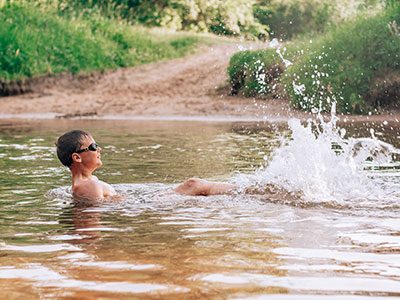 https://riseandshine.childrensnational.org/wp-content/uploads/2024/06/boy-swimming-feature.jpg
300
400
Rise and Shine
https://riseandshine.childrensnational.org/wp-content/uploads/2017/11/childrens_riseandshine_logo.jpg
Rise and Shine2024-06-17 13:02:582024-06-17 13:07:07How to prevent swimming-related illnesses
https://riseandshine.childrensnational.org/wp-content/uploads/2024/06/boy-swimming-feature.jpg
300
400
Rise and Shine
https://riseandshine.childrensnational.org/wp-content/uploads/2017/11/childrens_riseandshine_logo.jpg
Rise and Shine2024-06-17 13:02:582024-06-17 13:07:07How to prevent swimming-related illnesses



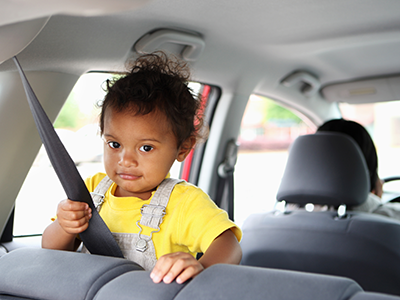
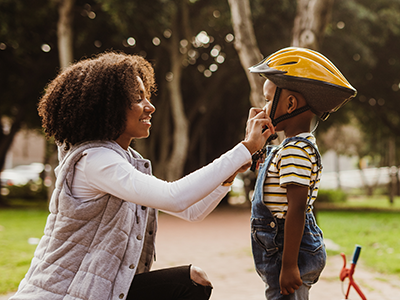

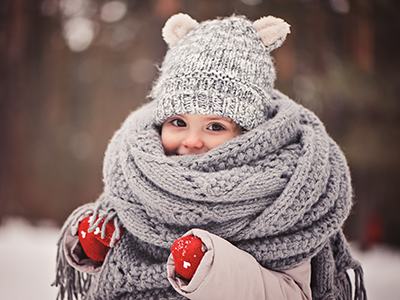
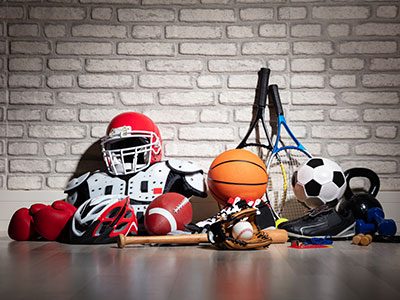
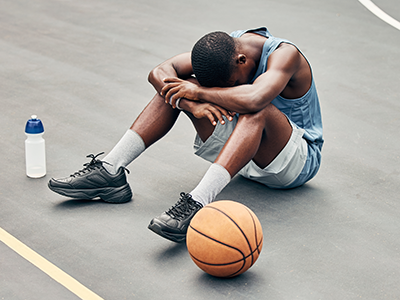

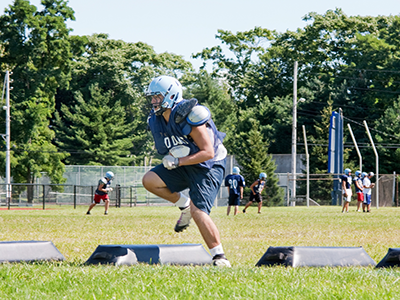
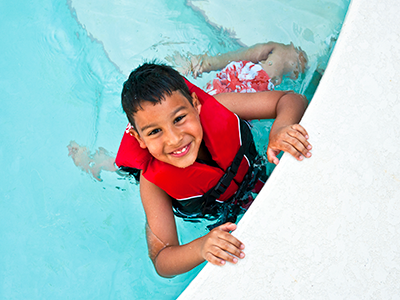
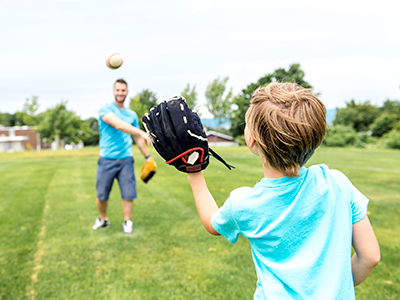

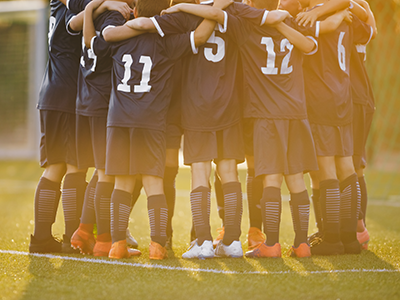
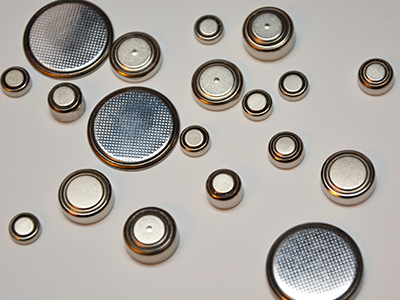

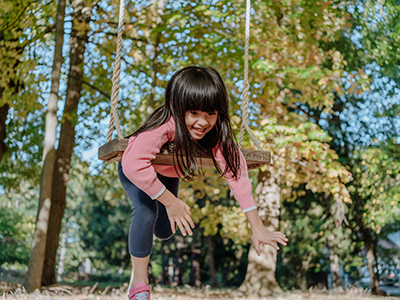
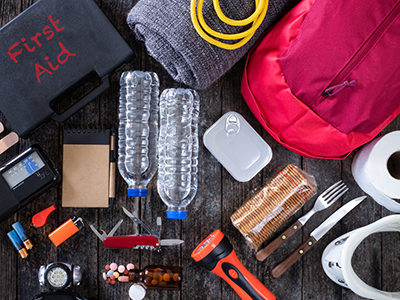


Leave a Comment
Want to join the discussion?Feel free to contribute!